The Most Dangerous Sharks in the Ocean
As the best hunters in the ocean, sharks have scared and fascinated people for generations. They rule the ocean with rows of very sharp teeth and senses that can pick up even the smallest splash. The good news is that most sharks are not interested in people at all. But some species become a little curious about us or think we are food.
This list breaks down the ten most dangerous ones and why they’ve earned their fearsome reputations.
Great White Shark
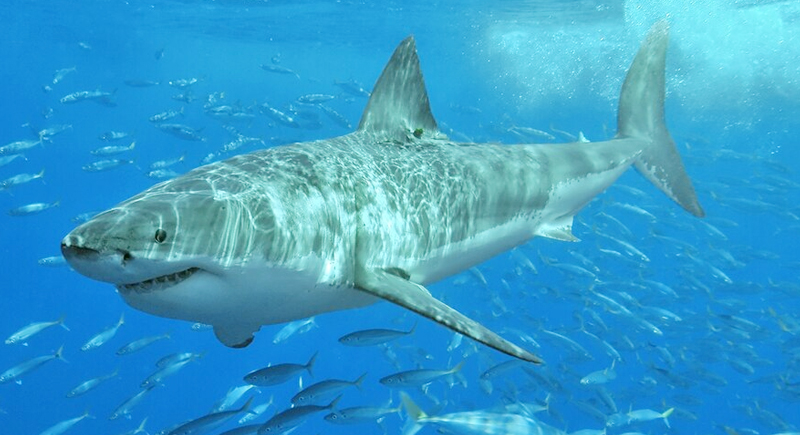
Credit: Wikimedia Commons
The great white shark is one of the most recognizable animals in popular culture, largely because of movies like Jaws. This reputation often overshadows the reality: great whites are not mindless killers, but apex predators playing an important role in marine ecosystems. They can grow up to 20 feet long and use sudden bursts of speed to hunt. With their serrated teeth, they can efficiently tear into prey such as seals and fish.
Tiger Shark
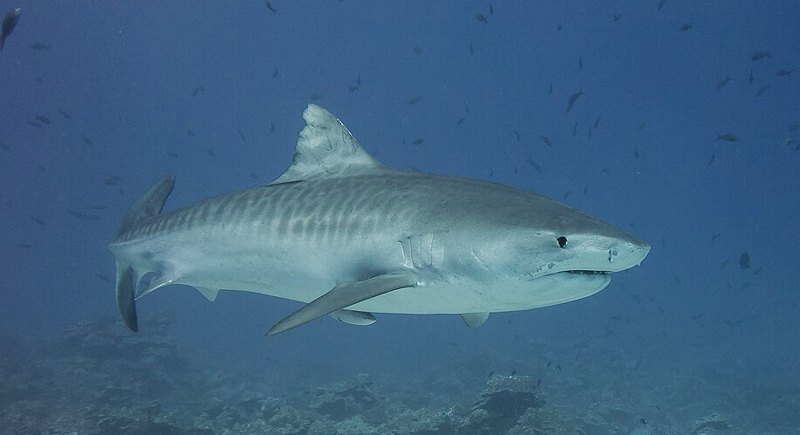
Credit: Wikimedia Commons
Tiger sharks are the ultimate scavengers. They’ll eat everything from sea turtles and birds to tires and license plates. The dark stripes along their bodies fade with age, but give them their name. They often come up to boats or swimmers in the warm, shallow water because of their curious nature.
Bull Shark
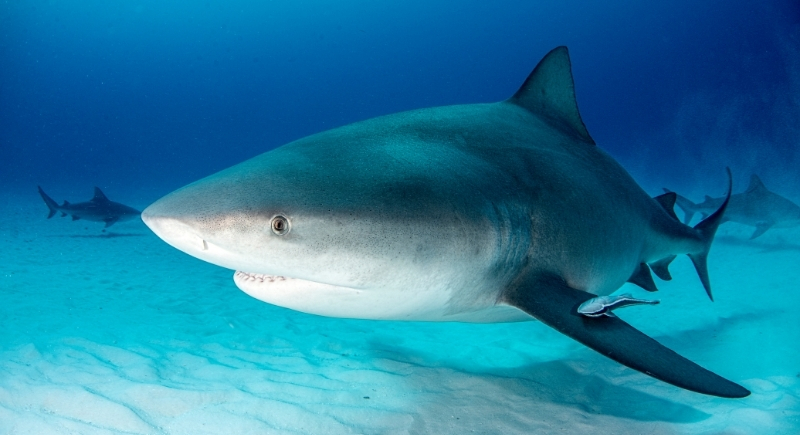
Credit: Getty Images
Ever think you were safe swimming in a river far from the coast? Think again. Bull sharks can survive in both saltwater and freshwater, which lets them travel deep inland. They are very muscular and have one of the strongest bites of any shark.
Oceanic Whitetip Shark

Credit: Getty Images
Oceanic whitetips have a scary history. They were blamed for a lot of deaths when the USS Indianapolis sank in 1945, which left hundreds of people stuck at sea. The whitetips surrounded the survivors by circling them and setting up a welcome party to remember.
Shortfin Mako Shark
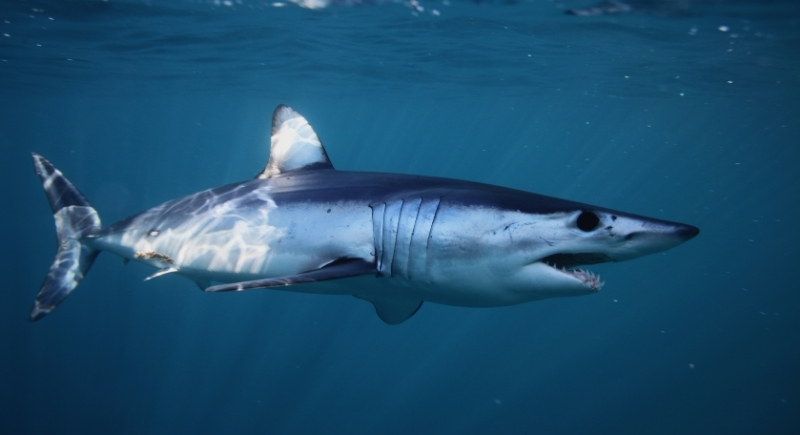
Credit: Getty Images
Speed is the hallmark of the shortfin mako. These predators can reach 43 mph while chasing tuna or swordfish. They rarely target humans, but close encounters can turn risky. Makos are known for their amazing jumps out of the water, which can be both thrilling and dangerous for nearby residents.
Hammerhead Shark
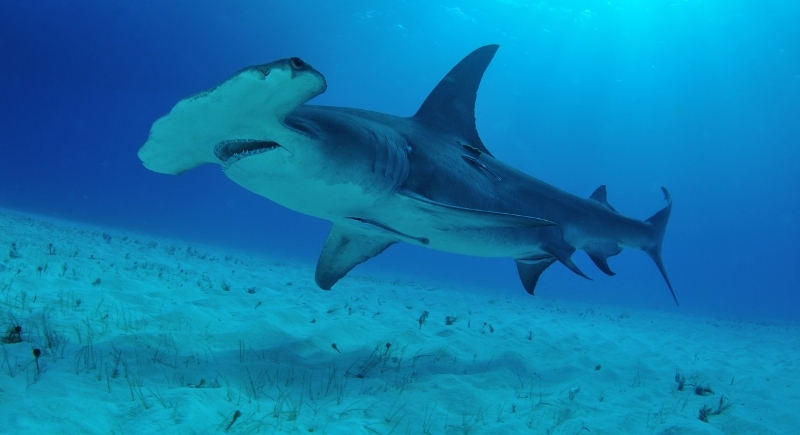
Credit: Getty Images
The distinctive shape of the great hammerhead’s head serves a function. It helps the shark detect prey like stingrays hiding under the sand. A great hammerhead is usually shy, but it can get mean when it wants food. Most incidents happen when divers or spearfishers get too close while carrying freshly caught fish.
Blue Shark

Credit: Wikimedia Commons
What would it be like to meet a shark in the middle of nowhere? Well, you’d most likely encounter a blue shark with its vivid blue body. It lives out in the open ocean, far from the shore. Encounters don’t happen very often, but if something goes wrong, they can quickly turn deadly.
Bronze Whaler Shark
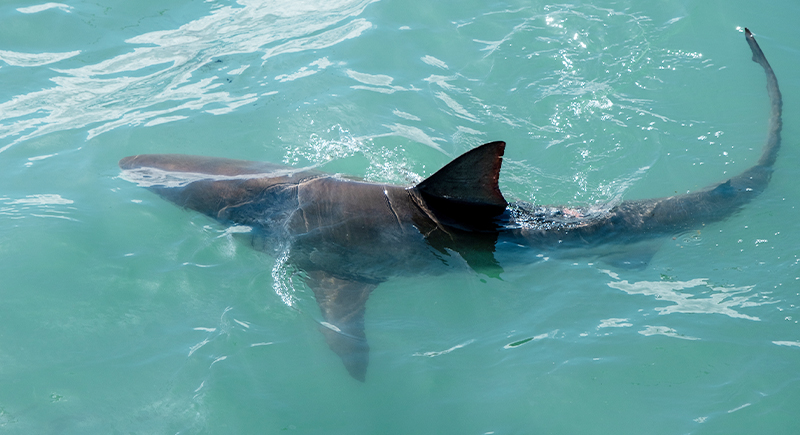
Credit: iStockphoto
The bronze whaler isn’t as famous as a great white or tiger shark, but it is no lightweight. Its bronze sheen gleams in temperate waters where fishing boats get their attention. Attacks are rare, but humans can get caught up in frenzies and end up on the menu.
Blacktip Shark
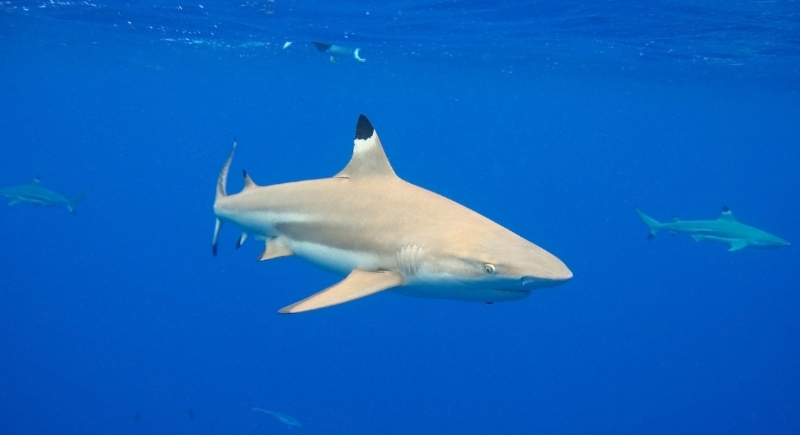
Credit: Getty Images
Blacktip sharks are super fast as they chase schools of fish in shallow waters. They are easily identified by their black fin tips. Most bites happen because predators think swimmers or surfers are food. These incidents show how easily misunderstandings can occur in murky surf zones, though they are rarely fatal.
Sand Tiger Shark
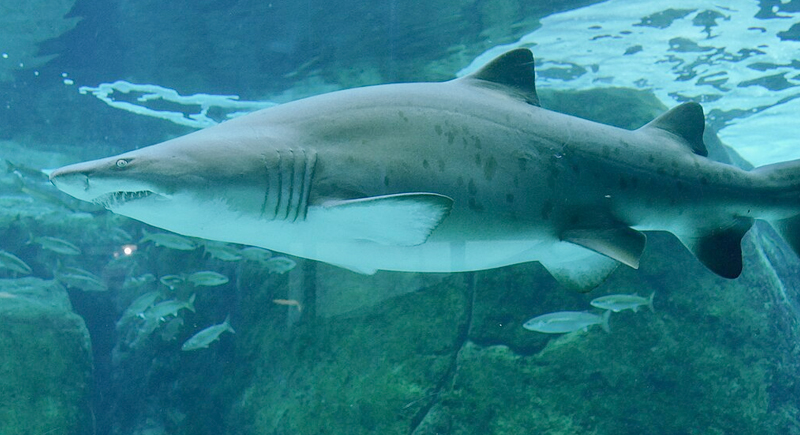
Credit: Wikimedia Commons
Ever see a shark with teeth sticking out even when its mouth is closed? That’s the sand tiger shark. It looks terrifying, but it usually moves slowly around reefs and Shipwrecks, calmly observing its surroundings. Even though its appearance scares divers, it rarely attacks unless cornered.
Galapagos Shark
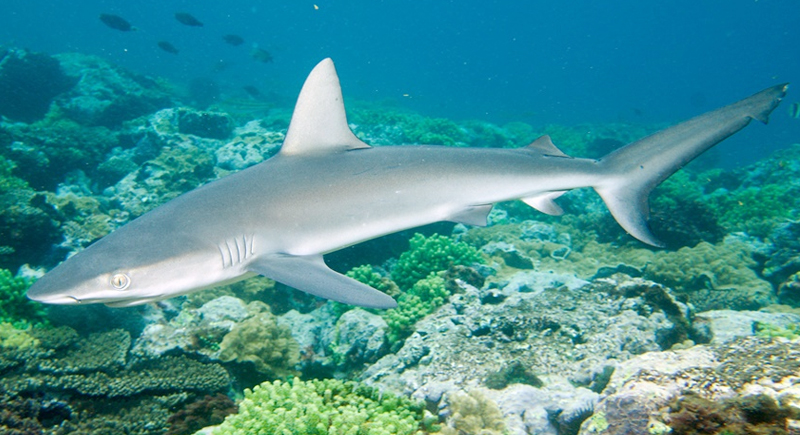
Credit: Wikimedia Commons
This shark species lives around remote islands and often moves in groups, which makes it even harder to stay away from them. If there is food nearby, they can become bold very quickly.
Lemon Shark
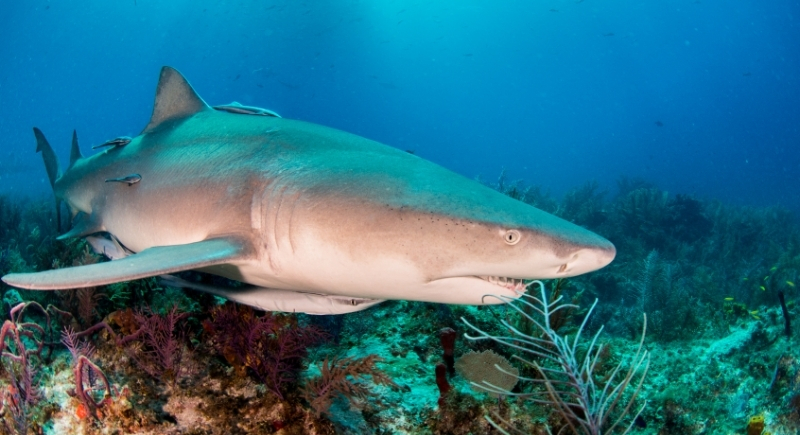
Credit: Getty Images
These sharks get their name from their yellow-tan color, which is perfect for blending into sandy sea floors. Scientists often study them in shallow, warm water. They are usually calm and slow-moving, and they only bite when startled or bothered. Most run-ins happen when people accidentally get too close to them.
Spinner Shark
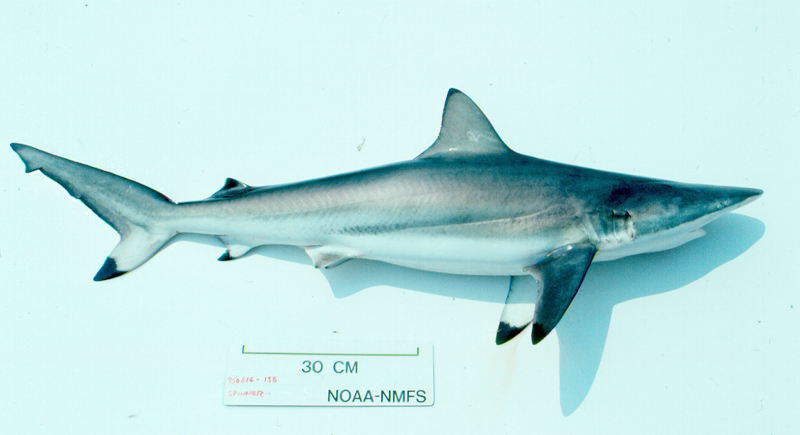
Credit: Wikimedia Commons
Spinner sharks are the acrobats of the ocean. They twist and spin out of the water while chasing schools of fish. It’s quite a show. However, this flashy style can bring them close to surfers or swimmers. Even so, most bites happen by mistake during all that splashing and chaos.
Grey Reef Shark
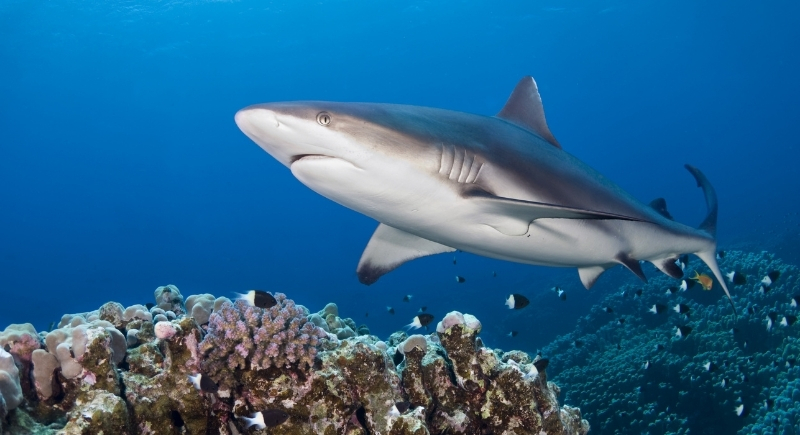
Credit: Getty Images
It’s best to stay away from the regions that the grey reef sharks call home. When they feel threatened, they send a clear warning by arching their back and lowering their fins. Divers can get bitten if they ignore the signal.
Caribbean Reef Shark
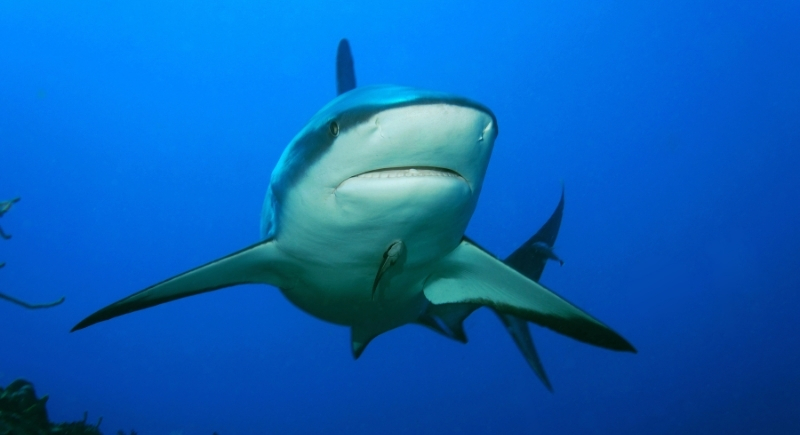
Credit: Getty Images
These are a common sight around tropical reefs. They often appear during feeding dives where fish scraps are in the water. They can act quickly if they feel cornered, even though severe attacks don’t happen very often.